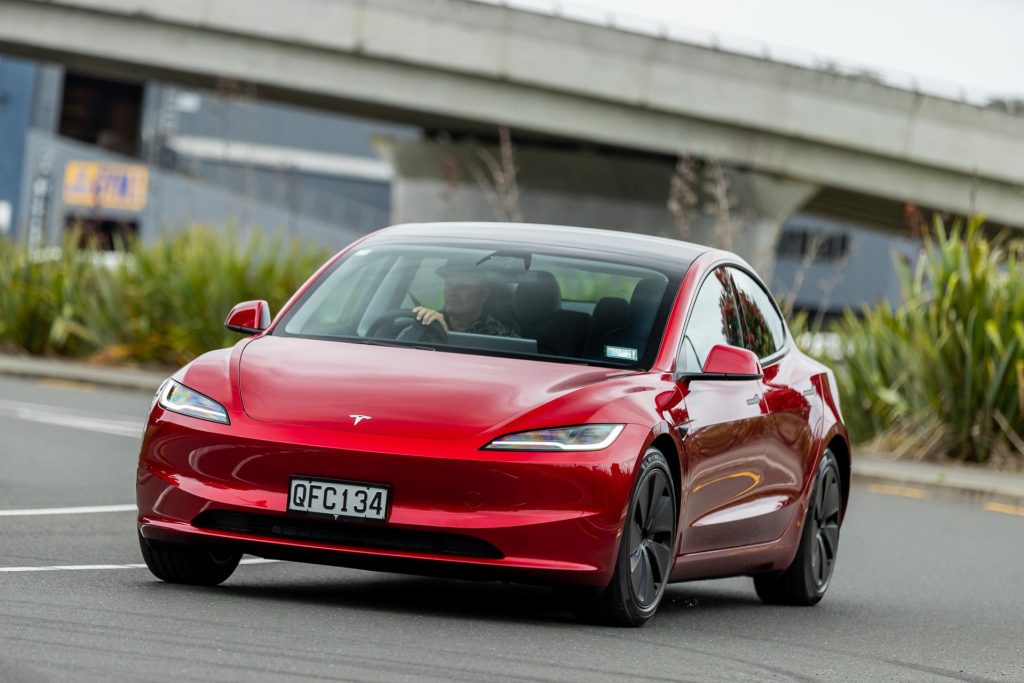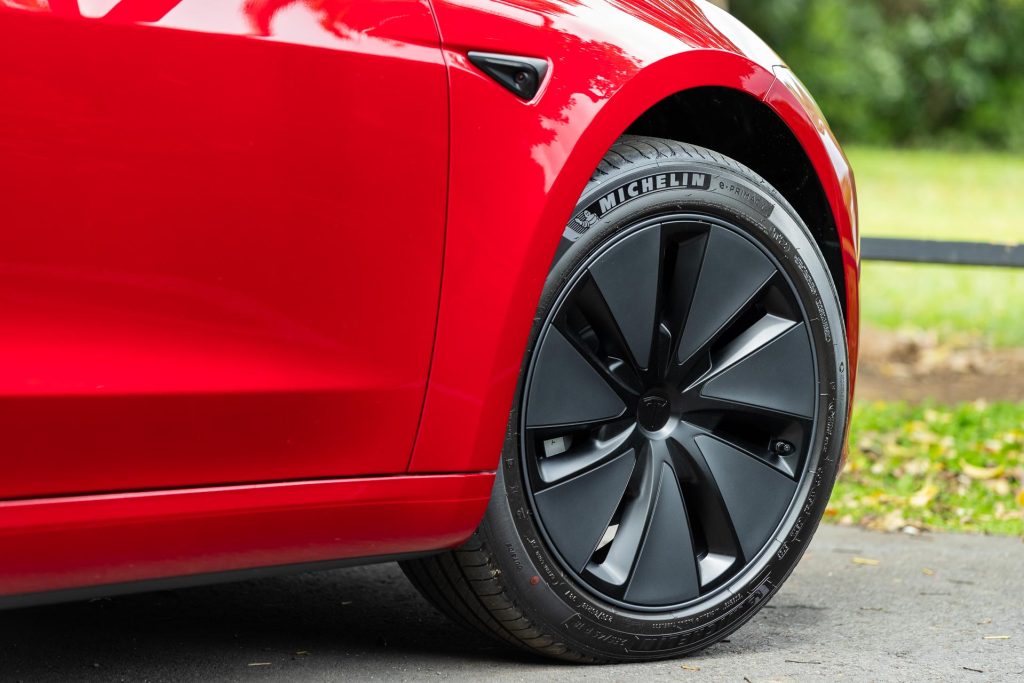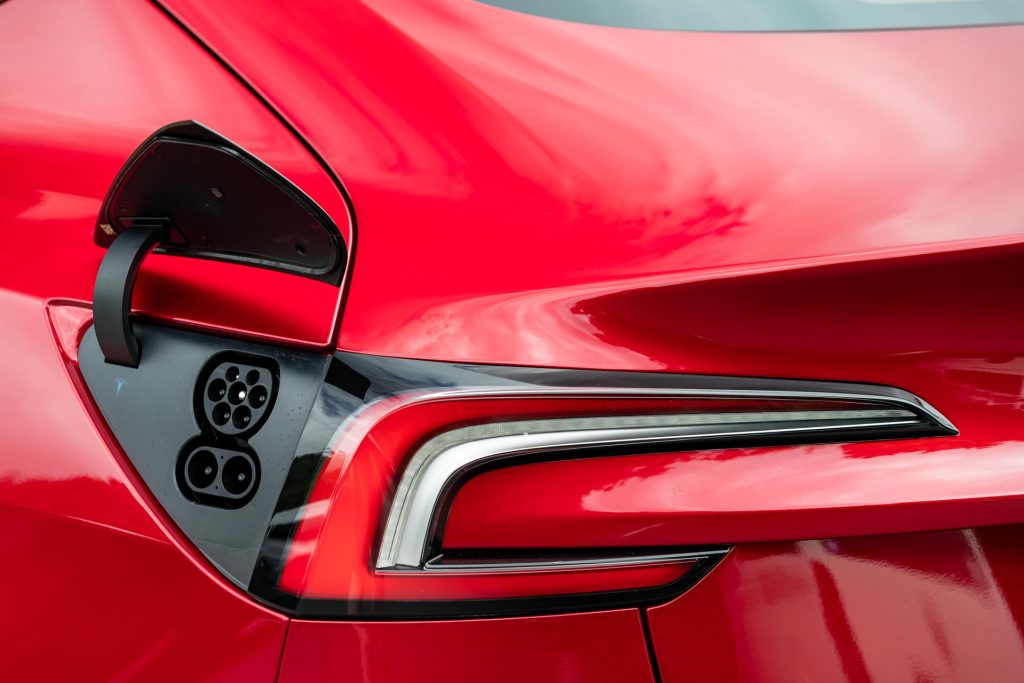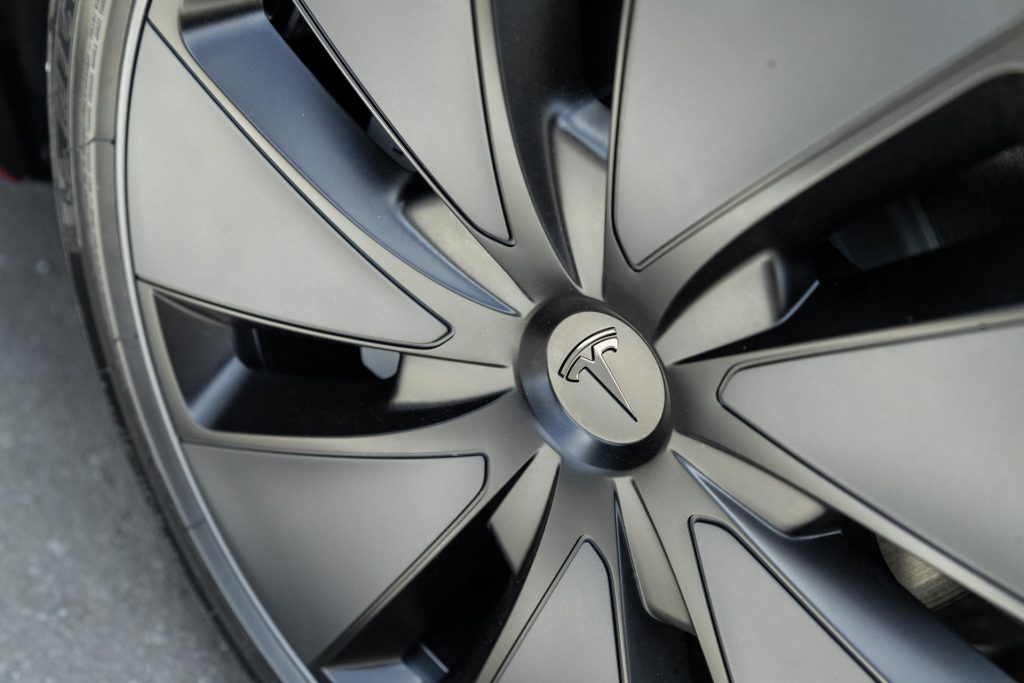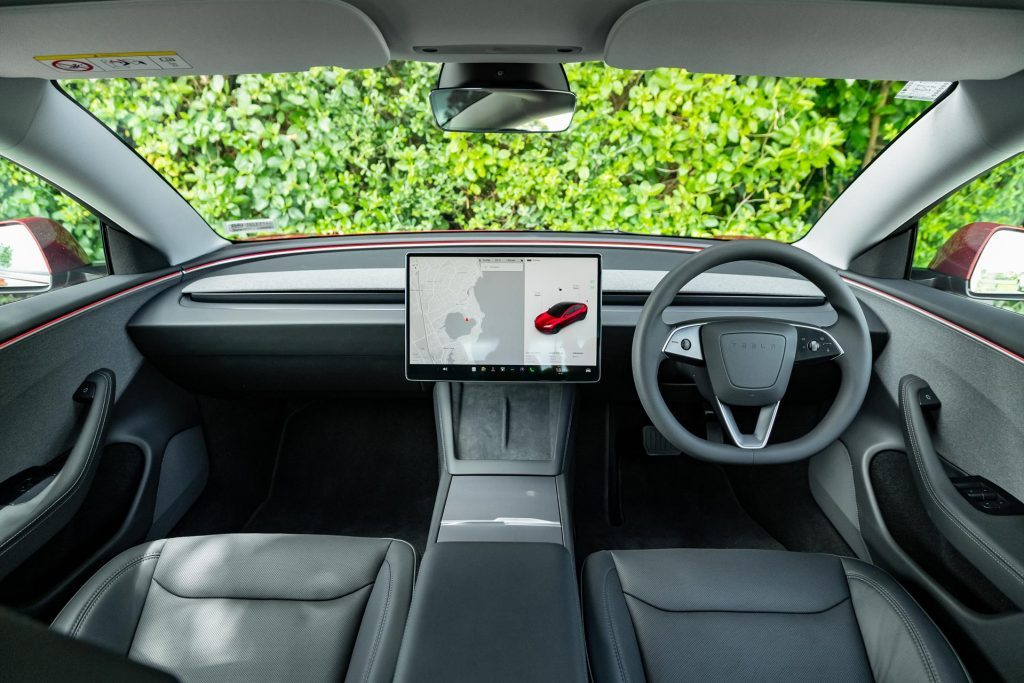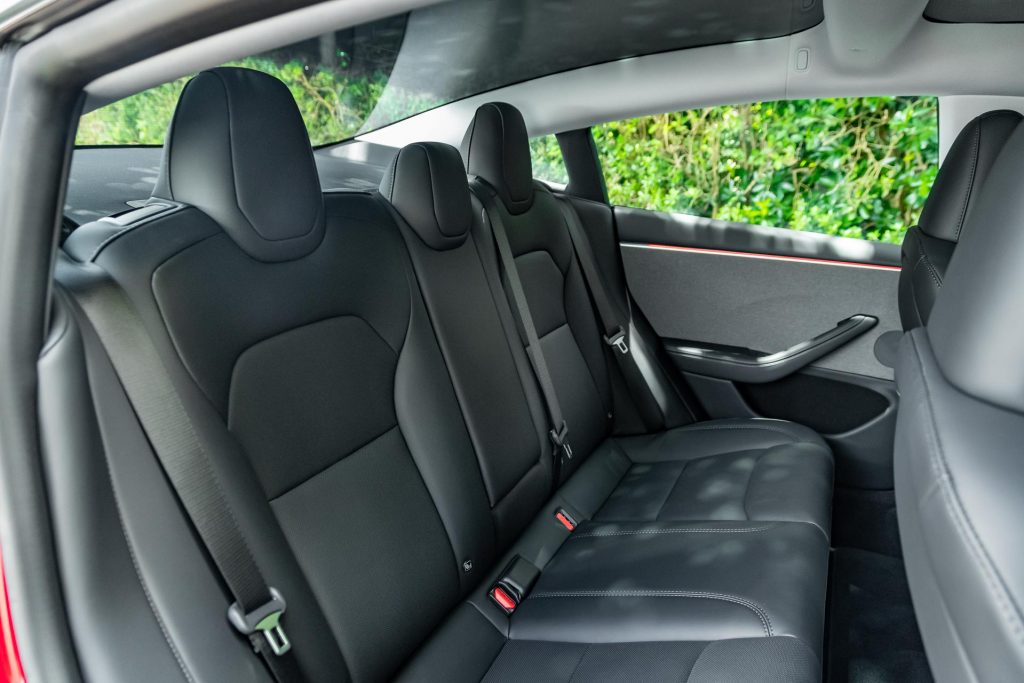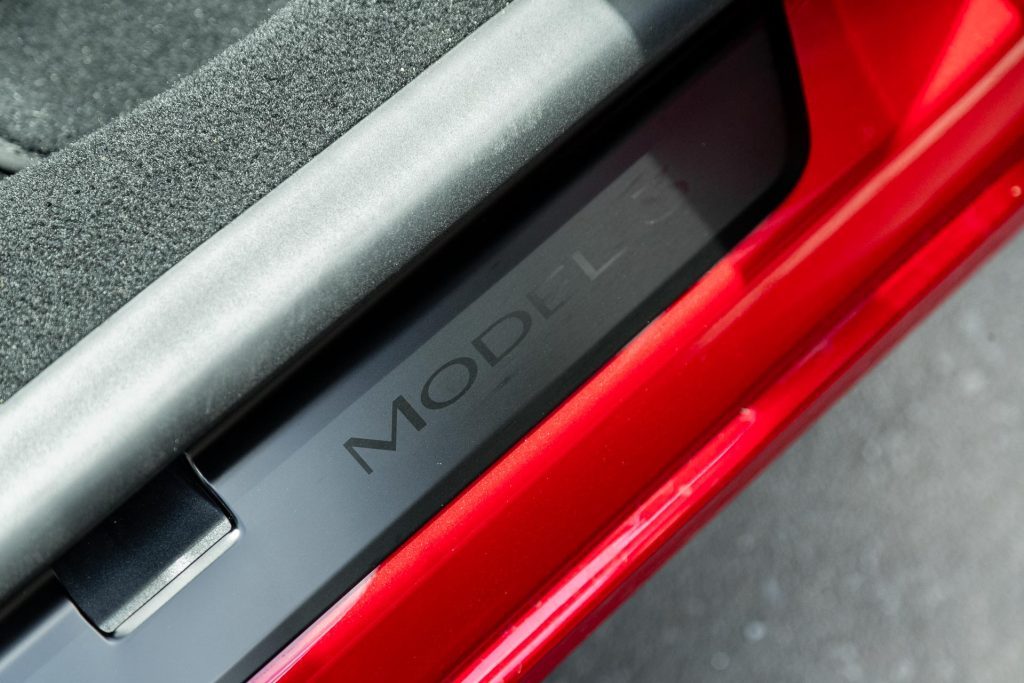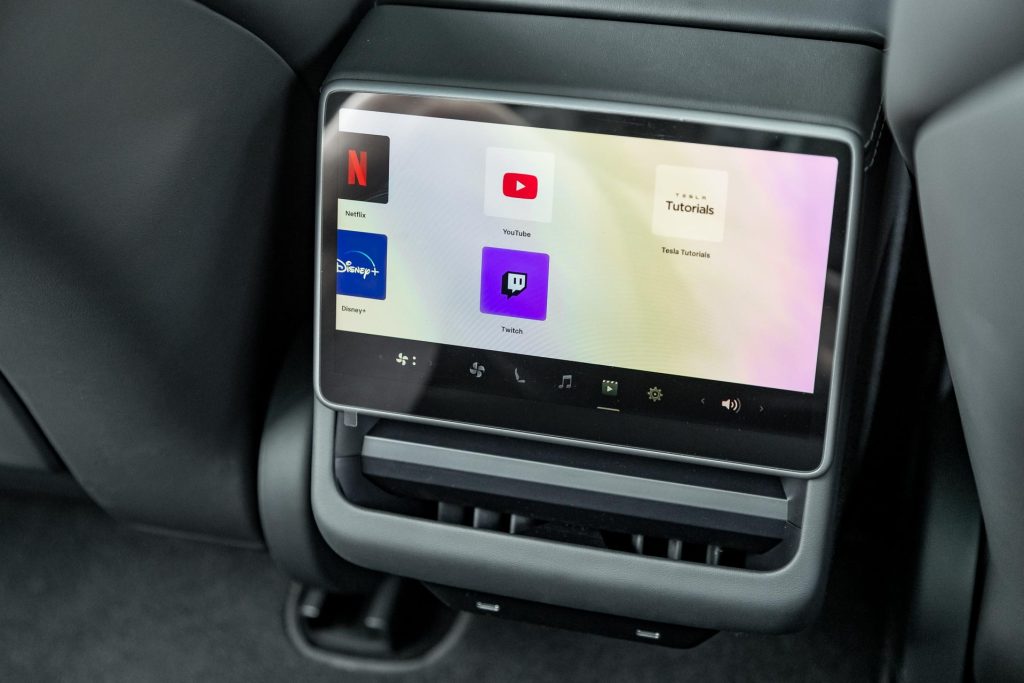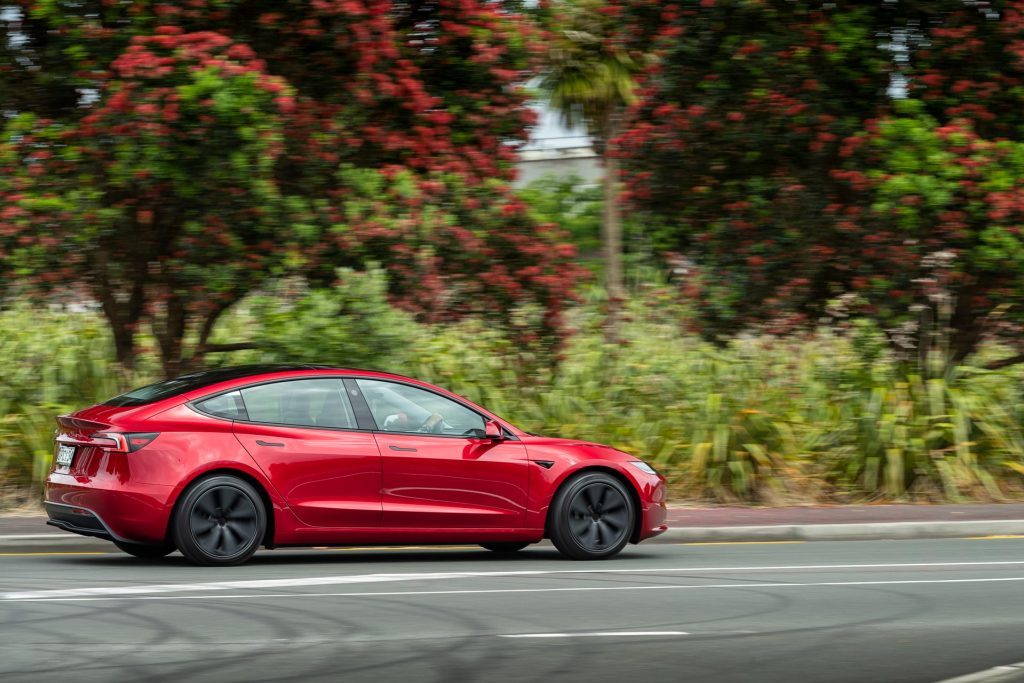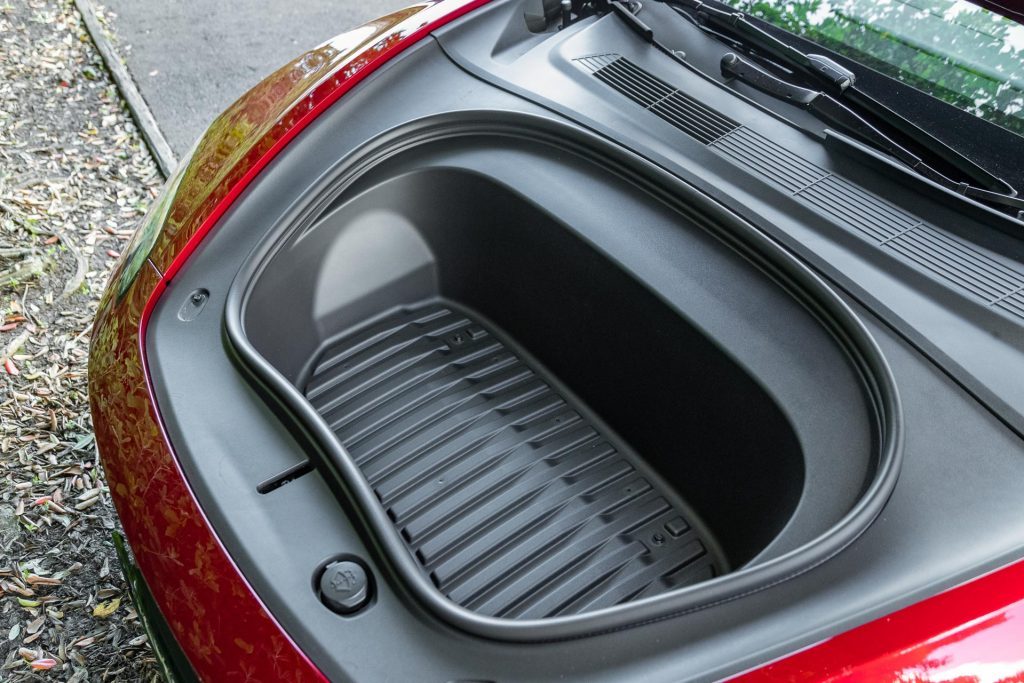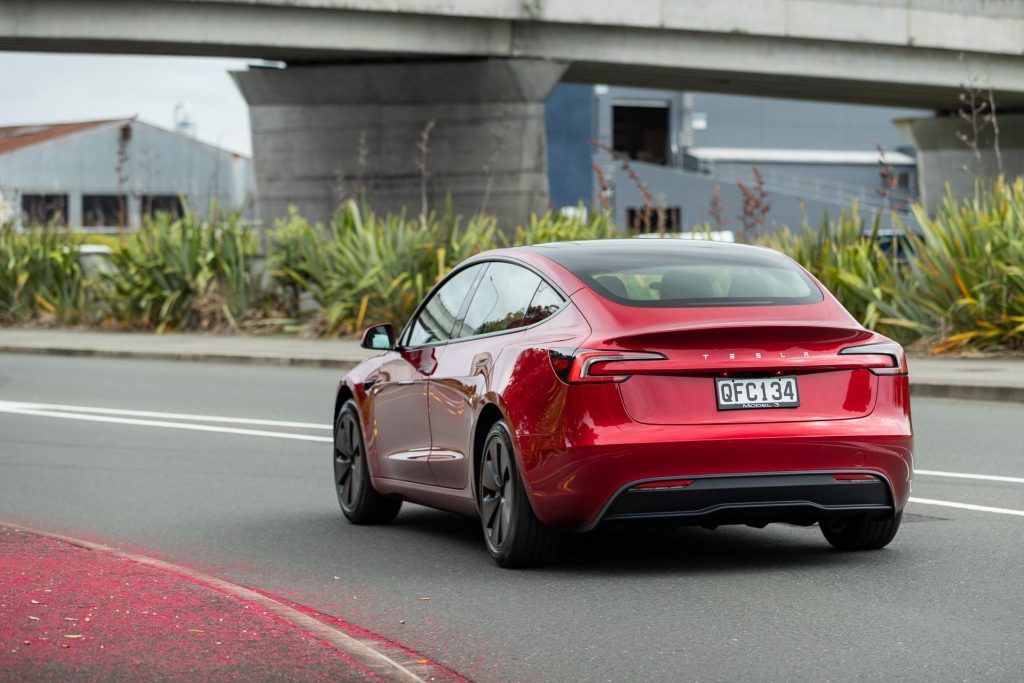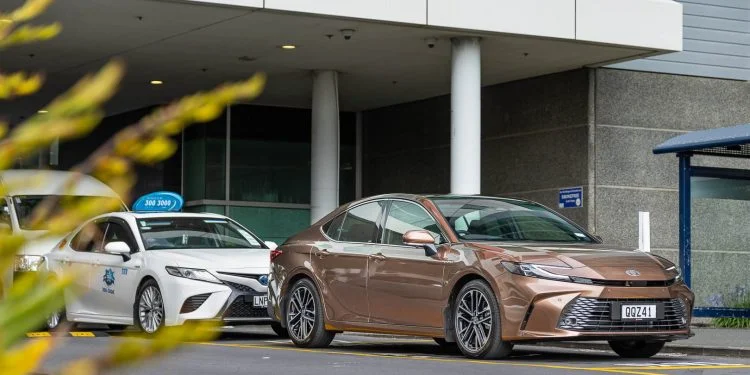2024 Tesla Model 3 RWD review
Tesla has finally gotten around to updating its Model 3 with gains in refinement and quality.

Tesla has finally gotten around to updating its Model 3 with gains in refinement and quality. How does this now seven-year-old car fare in 2024?
The Tesla Model 3 really got the brand moving here in New Zealand as it came along when the Clean Car Discount was in full swing and buyers flocked to it.
Until the Tesla Model Ycame along that is and then everyone said “I’ll take the SUV please”.
The 3 debuted overseas in 2016 and, while most other carmakers would probably be thinking it’s time for a new model, Tesla is instead doing a reboot.
Overall it doesn’t look too different but the front end is new, with sleeker lights and the nose reshaped while they have also resculpted the rear.
This helps improve the aerodynamics, the Cd now at 0.219, which means more range without upsizing the battery. There have probably been myriad software/minor hardware type developments too to aid efficiency further, but Tesla is typically coy on the details.
Otherwise the update focuses on adding refinement to the car with reduced wind noise being another benefit of the newfound slipperiness.
There’s also better sealing, double glazing, improved suspension bushes and generally more sound deadening. The body is said to be stronger too.
So how much is it?
The Model 3 now starts at $65,900 (or $68,000 on the road) for the rear- drive version, the dual-motor, long range model adding $10k.
No longer do you get the sweetener of the Clean Car Discount and, come March 31st, EV buyers will likely have to start stumping up for road user charges too, ouch.
White is the only colour you get free of charge; the others range in price from $1700 extra to $3000 for the Ultra Red seen here. The 18s are standard, while 19s add $2100.
Stick with the standard all-black interior, for white seats (plus $1700) just aren’t practical. You can also add enhanced autopilot ($5700). Best not order the $11,400 Full Self Drive function if you’ve watched Leave the World Behind.
There is no charge cable included – that’ll be a further $600 for the mobile connector (three-pin plug type) and $800 for a Tesla wallbox (installation additional).
What are the stats?
Tesla isn’t big on giving away too much other than saying the Model 3 has a range of up to 513km, and it will hit 100 in 6.1sec.
Dredging the internet for info, it has a 57kWh battery, modest for what is a decent-sized sedan, and it uses an LFP cathode material. Motor output is rated at 208kW with 420Nm of torque.
Charging capacity amounts to 11kW AC and 170kW DC. There is no vehicle to load or grid integration available. Efficiency is a key Tesla strength, and the Model 3’s claimed figures are between 10-13kWh/100km.
Less inside
The almighty central screen is now in control of even more stuff. Tesla has deleted the stalks from the column so selecting drive is now done via the touchscreen.
Or you can let the vehicle decide which way you should be going. While that sounds a tad alarming, it works out fine (most of the time) as the Model 3 uses its cameras to determine whether you should go forwards or backwards.
This is only when you are moving from Park by the way and you tap the brake to confirm the selection so ultimately it’s up to you. From there you change directions via the right side of the screen by swiping up for D or down for R, as well as being able to put it in Park.
There are buttons on the roof should all else fail. The other thing missing is the indicator stalk, replaced with small haptic buttons on the wheel.
These work okay, except when you’re turning the steering wheel so aren’t very helpful at roundabouts or through tricky intersections, like when you really need your indicators the most.
Distract-a-vision, aka the new screen, is bigger, more responsive (described as ultra-responsive actually) and does almost everything from changing the mirrors, the steering wheel position, even opening the glovebox.
Yes, it does absorb too much of your attention at first so if you’re new to all of this, you’ll need a decent learning session whilst your parked up. But once you know your way around the screen, it’s thoroughly decent, given how much it controls.
It lives up to its ultra-responsive descriptor and, given it’s so big, the touch points aren’t too cramped. It’s connected in every way and full of widgets and wonders to pass your time.
The nav screen is great and inputs are made easily.
You use your mobile phone as the key, (it will unlock as you approach, the car ready to roll when you get in) and once you’ve set up your driver profile, the car will set itself to your liking and then most of the really fiddly stuff you’ll rarely need to use.
Quality improved?
Have to say it is better inside now. The materials pass the initial quality prod test and while there are no hard plastics about, some of the finishing in the spots that aren’t so evident is still not amazing.
Neither is the carpet, and there’s no kick plate finisher on the big sill (that still impedes your entry a little).
It’s those finishing details where cost cuts have been made. Those that like the doors to make a solid clunk when closing will be disappointed too; the new ones sound plasticy.
While the overall design is still one of utter sparseness there are plenty of storage spots and the seats are comfortable, although the vinyl coverings don’t impart a premium vibe.
The glass roof doesn’t get a shade, so you’ll need your sunglasses on permanently in the summertime.
Your kids will want to ride in the back as they now get their own screen, loaded and ready to go with YouTube and the like. Space is still okay back there, but the seat is fixed (no recline function) and the three headrests are too (cheaper to make that way).
The seat folds down to increase boot space, but given those fixed headrests, you need to make sure the front seats are pushed forward enough to allow this to happen.
For a sedan it has a good boot capacity, and there’s generous underfloor storage as well but no spare wheel.
Drive okay?
The drive is very easy going. Its ride quality is sorted on city streets, suspension noises muted. The outward vision is pretty stellar and the steering is quick and light, the turning circle not too bad either.
While there is no 360 degree monitor, the three parking cameras do a decent enough job.
The power delivery is well tuned, smooth and the torque delivery instant, as you’d expect. You can’t fiddle with the motor regen which is set up for a one-pedal drive mode, and this is fine as it comes to a refined halt. And when you do step on the brake pedal, it feels perfectly normal.
The efficiency of the thing is outstanding. Most of your around town work is done within the 10-12kWh/100km range, while we finished up on 13.8kWh/100km even after a solid run of performance testing.
We collected this with 410km of range showing at 100 per cent. We travelled 280km using 54 per cent of the available energy while it still showed a potential of 205km of range remaining.
For a biggish car with a moderately sized battery, that’s good going in the EV world.
Up the ante and the dynamics get a thumbs up too. The front end feels light so it turns well. Yes, the steering could deliver a better connection but it does the job of pointing the car around accurately.
Overall, it is a tad heavy but balanced and there’s good drive off a bend. The driver aids don’t curtail the action, although the traction control can get a bit eager on a bumpier corner exit.
The suspension does the job of keeping things flowing, though it will thump over some of the big bumps. And the brakes work well enough too.
The cruise control could be better. It’s a little fiddly to configure using just the click wheels on the tiller, while the auto steer function has its moments.
The traffic aware cruise control setting is preferable (read regular adaptive cruise), being less erratic. The other safety systems are all well behaved.
Worth it then?
This is a good improvement over the original and it’s rather astounding that such an old car can still be competitive against much newer models.
And the pricing is keen too. But then Tesla is always improving those bits you don’t see. As he who must be worshipped keeps saying, Tesla is an ‘AI and robotics firm that makes cars’.
Seems that the constant massaging of the 1s and 0s is what really makes an EV hum.
Model
Tesla Model 3 Rear Wheel Drive
Price
$65,900
Motor
208kW, 420Nm
Battery
57.5kWh net
Range
513km
Drivetrain
Single-speed auto, RWD
Energy Use
10-13kWh/100km
C02 Output
0g/km
0-100km/h
6.31sec
80-120km/h
3.65sec (102m)
100-0km/h
34.90m
Stability systems
ABS, ESP, TV
Safety
AEB, ACC, BSM, LDW,
RCTA, ALK, AHB
Luggage capacity
88-594L
Tow rating
750kg (1000kg braked)
Service intervals
refer to Tesla website
Warranty
4yrs, 80,000km
ANCAP rating
5 Stars (2019)
Weight
1836kg (claimed)
View listings on Trade Me Motors:Tesla Model 3
Also consider
